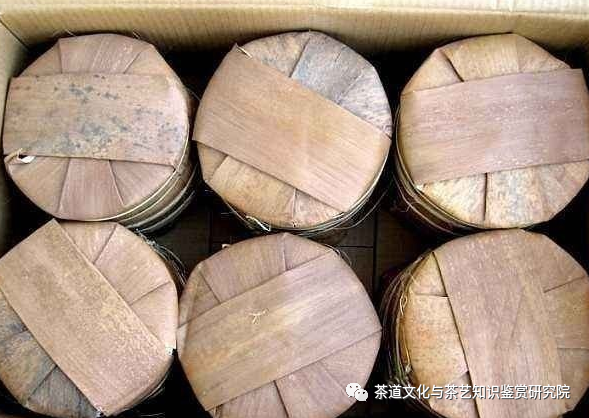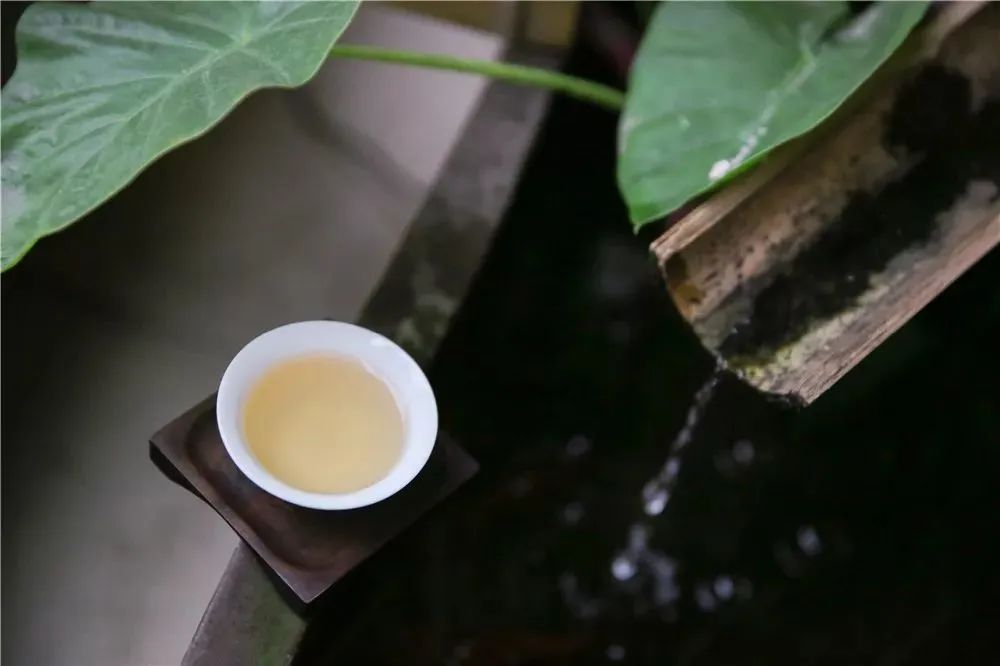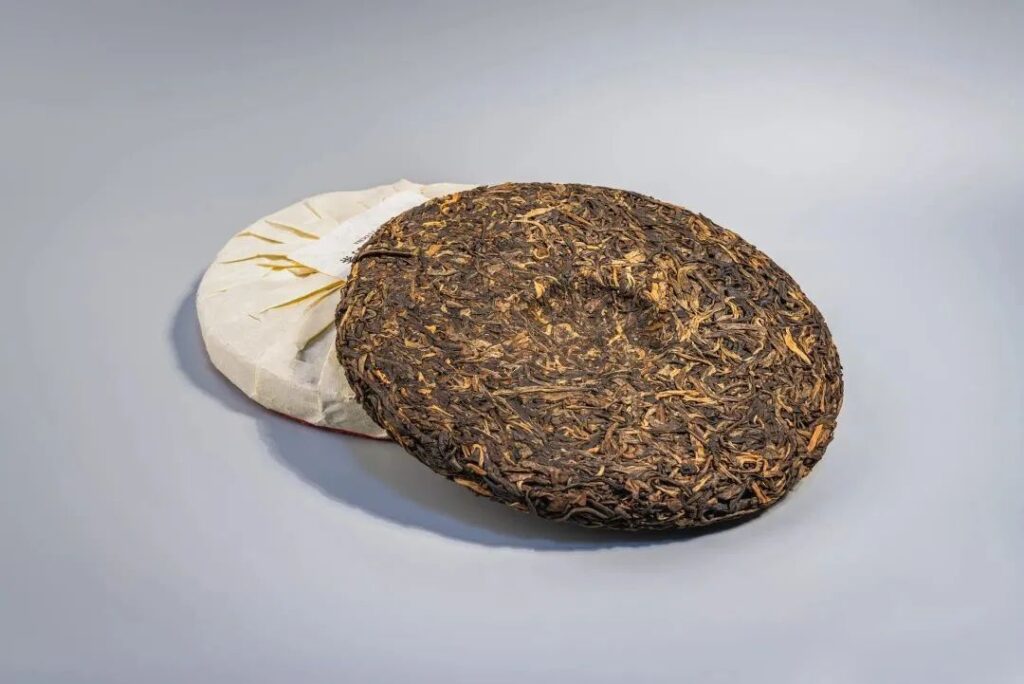Storing tea may seem like a small matter, but it is a significant issue that should not be overlooked. Proper tea storage is the foundation of brewing and enjoying good tea. It would be heartbreaking if the tea you’ve managed to purchase is wasted due to improper storage. Many people have the habit of storing everything in the refrigerator, from vegetables, meats, fruits, to even face masks and stockings. Consequently, when it comes to tea, they may also store it in the fridge, but they worry that it might become damp and ruin the quality of the tea. In fact, different types of tea have different storage principles. Storing them under the right conditions maximizes their collectible value, so to enjoy good tea, one must also store it well.
Understanding the two principles and one taboo of tea storage at home starts with knowing what tea storage should avoid the most. The primary concerns in tea storage are odors and mold. Tea is very dry and has a strong adsorption capacity, making it easy to absorb odors from the surrounding environment. If the storage environment has strong odors, it greatly affects the drinking quality of the tea.
Black tea, with its low moisture content in dry tea leaves, is prone to humidity and fragrance loss. To preserve its aroma, avoid mixing different types of tea during storage. It is generally stored in sealed cans, tea bags, or thermos bottles. Before placing black tea, package it in a plastic bag, expel the air, and add a seal clip to better retain the tea’s fragrance.
Oolong tea, a semi-fermented tea, is relatively easy to store. It can be stored in porcelain jars, metal cans, or tea bags, but the most suitable is a tin can. When filling the can, ensure the tea is packed full to reduce oxidation, and then seal the lid. Dark tea requires storage conditions that are ventilated, dry, and odorless. Maintaining ventilation and dryness is the most critical when storing dark tea; avoid sealing with plastic bags! It is best to use packaging materials with good permeability, such as kraft paper or leather paper. If storing a large quantity, place a certain amount of activated carbon around it to absorb moisture and odors. Pu-erh tea can be stored in ceramic urns or pots. Ceramic products are characterized by their ventilation and breathability, making them very suitable for storing Pu-erh tea. The mouth of the pot does not need to be sealed; covering it with a layer of kraft paper to block dust is sufficient. Every 3-5 months, turn the stored tea, which can achieve twice the result with half the effort. Tea is not meant to be consumed in one or two sittings, especially rare fine teas. Although most households do not have an entire room dedicated to tea storage, there are usually several types of tea that cater to the preferences of the whole family. Proper tea storage enhances the flavor of the tea.


